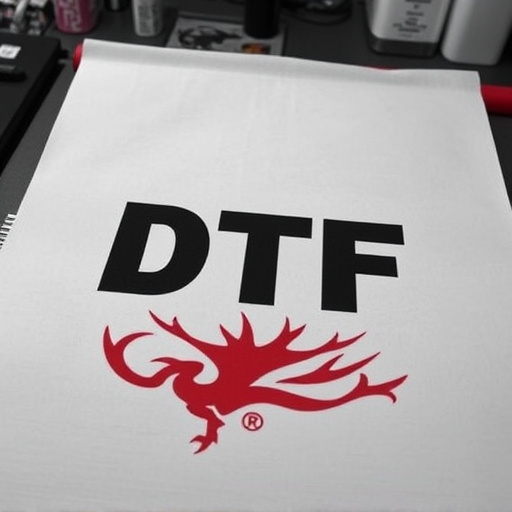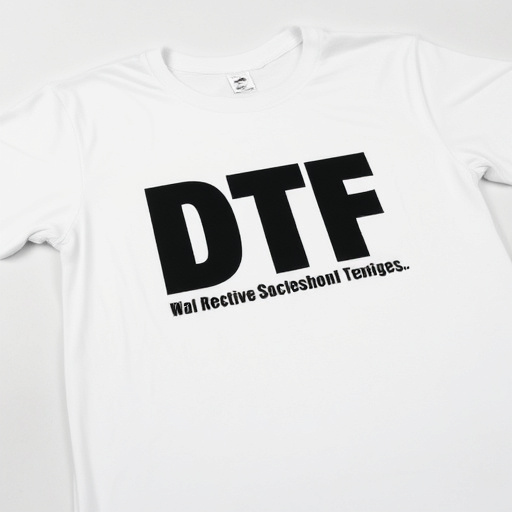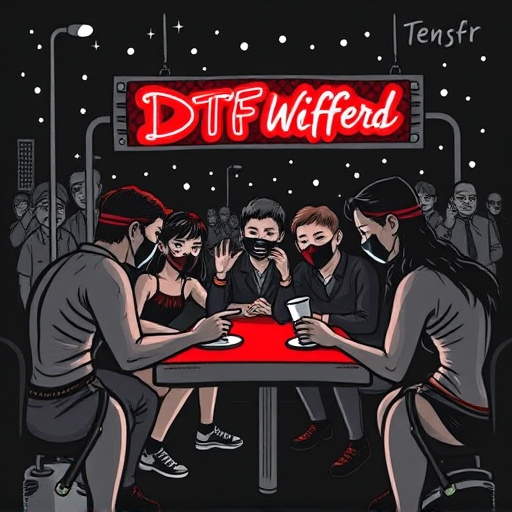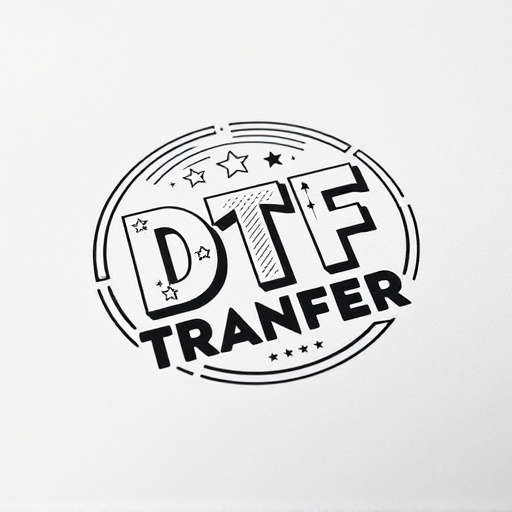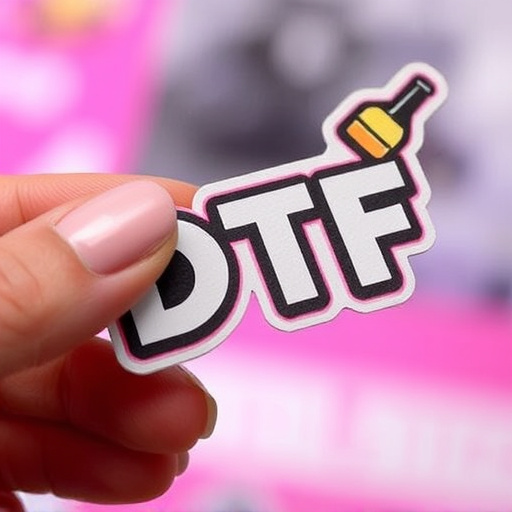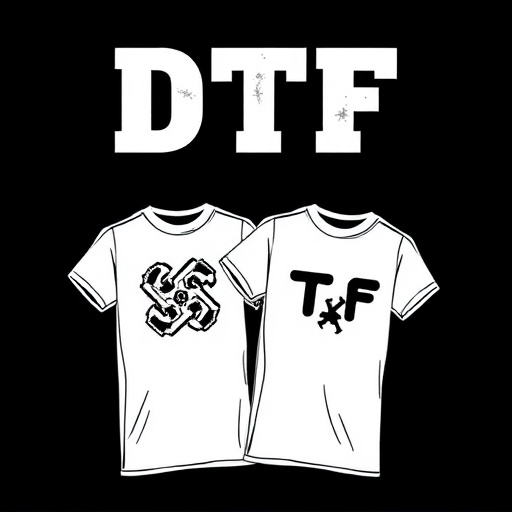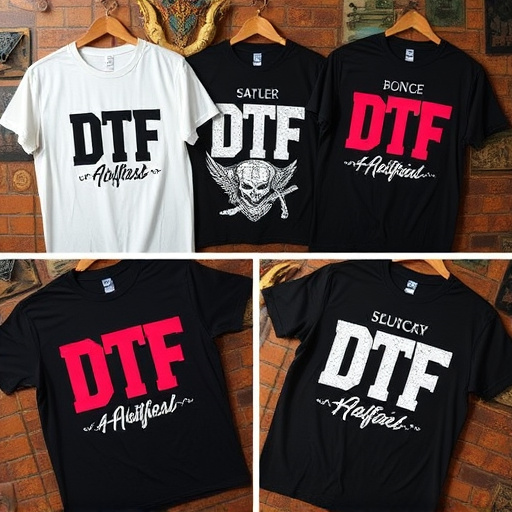Direct-To-Film (DTF) transfers revolutionize printing by offering businesses an efficient, cost-effective method for large-scale orders of high-quality custom designs. Ideal for promotional materials like packaging, displays, banners and point-of-sale items, DTF printing ensures precision, vibrancy, and consistency with its unique ink-direct-to-film process. This technology streamlines operations, minimizes waste, and delivers swift turnaround times while maintaining superior print quality on diverse substrates. Businesses across industries, from e-commerce to marketing agencies, leverage DTF transfers for optimized efficiency, enhanced brand visibility, and competitive advantages.
“In today’s competitive business landscape, efficient and high-quality printing solutions are paramount. Direct-to-film (DTF) transfers have emerged as a game-changer for many companies seeking to streamline their production processes. This article delves into the world of DTF transfers, exploring their benefits for businesses and the logistical considerations when placing large-scale orders. From understanding the technology to examining successful case studies, we provide a comprehensive overview of how DTF printing can revolutionize your business operations.”
- Understanding Direct-To-Film (DTF) Transfers: A Comprehensive Overview
- Benefits of DTF Printing for Businesses: Unlocking Efficient Production
- The Process: From Design to Final DTF Prints
- Large-Scale DTF Transfer Orders: Logistical Considerations
- Quality Assurance and Control in DTF Printing
- Case Studies: Successful Implementation of DTF Transfers in Business Settings
Understanding Direct-To-Film (DTF) Transfers: A Comprehensive Overview
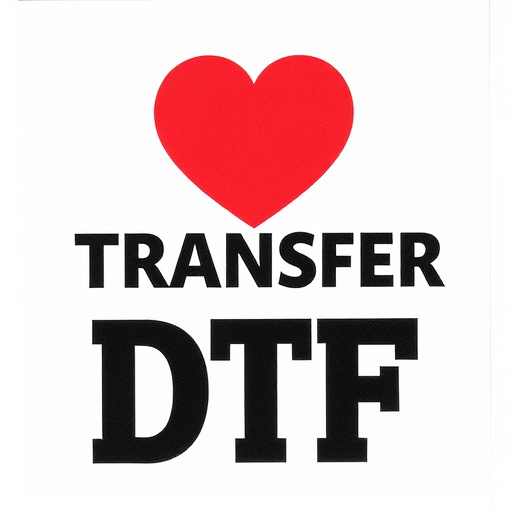
Direct-To-Film (DTF) transfers are a cutting-edge printing technology revolutionizing the way businesses approach promotional materials and branded products. Unlike traditional printing methods, DTF involves transferring ink directly onto film, offering unparalleled precision and vibrancy in prints. This process is particularly advantageous for businesses aiming to produce high-quality, custom designs swiftly and cost-effectively, especially for large-quantity orders.
DTF technology enables the reproduction of intricate details, vivid colors, and sharp lines on a variety of materials, making it versatile for different business needs. From custom packaging and pop-up displays to promotional banners and point-of-sale materials, DTF prints can enhance brand visibility and leave a lasting impression. Its efficiency in producing large orders means businesses can meet demand promptly, ensuring their marketing efforts stay fresh and relevant.
Benefits of DTF Printing for Businesses: Unlocking Efficient Production
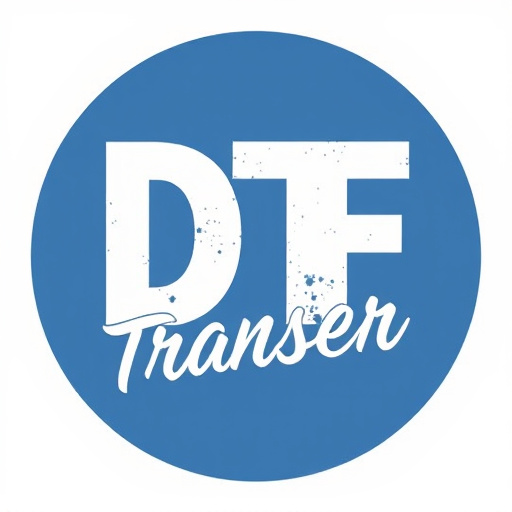
Direct-to-film (DTF) printing offers businesses an efficient and cost-effective solution for large-quantity orders, especially when it comes to transfers. This method eliminates the need for complex set-up costs and long production times associated with traditional printing methods. With DTF, businesses can achieve fast turnaround times, allowing them to swiftly respond to market demands and trends.
By leveraging DTF Printing, companies can streamline their production processes, reduce waste, and ensure consistent print quality across all orders. This technology enables the creation of intricate designs with vibrant colours and fine details, making it suitable for a wide range of products, from apparel and accessories to promotional items and more.
The Process: From Design to Final DTF Prints

The process of creating large-scale direct-to-film (DTF) transfers for businesses involves several meticulous steps to ensure high-quality results. It begins with design, where custom artwork or graphics are created or adapted to meet the client’s specifications. These designs are then prepared for printing, ensuring they are optimized for DTF techniques. The actual DTF transfer process involves applying a thin layer of ink directly onto a film, which is subsequently transferred onto various materials like fabric, plastic, or metal. This method allows for precise control over imaging and color accuracy.
After the DTF transfer, the printed films undergo careful inspection to verify the quality and accuracy of the design. Any necessary adjustments are made to ensure the final prints meet the desired standards. The film is then ready for cutting and weeding, where excess material is removed to create individual designs or patterns. This meticulous step ensures clean lines and precise cut-outs. Finally, the DTF prints are carefully laminated or coated to protect the ink and enhance durability, resulting in vibrant, long-lasting images suitable for various business applications.
Large-Scale DTF Transfer Orders: Logistical Considerations
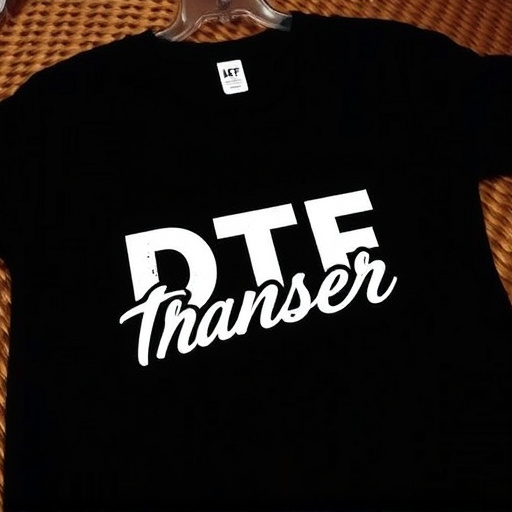
When businesses decide to place large-scale orders for direct-to-film (DTF) transfers, several logistical considerations come into play. These high-volume orders require efficient planning and execution to ensure timely delivery and product quality. The first step involves assessing the facility’s capacity to handle such orders, including available production lines and equipment. As DTF printing involves specialized machinery, businesses must ensure their manufacturing sites are equipped to meet the demand without compromising precision and detail in each print.
Another critical aspect is inventory management. Large orders mean an influx of raw materials and a need for efficient storage and distribution systems. Businesses should consider whether their current supply chain can accommodate this scale, potentially requiring adjustments to inventory levels and transportation methods. Effective communication between suppliers, manufacturers, and customers is vital to ensure everyone is aligned on expectations and timelines, thereby minimizing delays in the DTF transfer process.
Quality Assurance and Control in DTF Printing
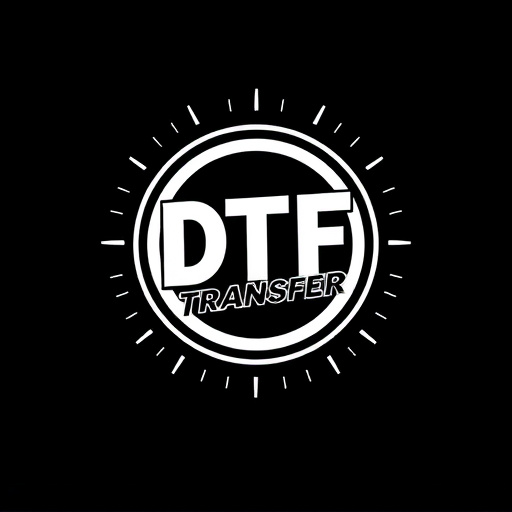
Direct-to-film (DTF) transfers for businesses involve a meticulous process to ensure top-quality prints. Quality Assurance and Control (QAC) is an integral part of DTF printing, where each stage is carefully monitored to maintain consistency and precision. From film inspection to print verification, every step is crucial in achieving flawless results.
Inspecting the films before printing ensures that the designs are accurately aligned and free from any defects. During printing, skilled technicians monitor the process, making real-time adjustments to color calibration and exposure settings. After printing, a rigorous quality check of the DTF prints involves evaluating sharpness, color vibrancy, and overall image clarity. This comprehensive approach guarantees that businesses receive high-quality DTF transfers, enhancing their marketing materials and brand representation.
Case Studies: Successful Implementation of DTF Transfers in Business Settings
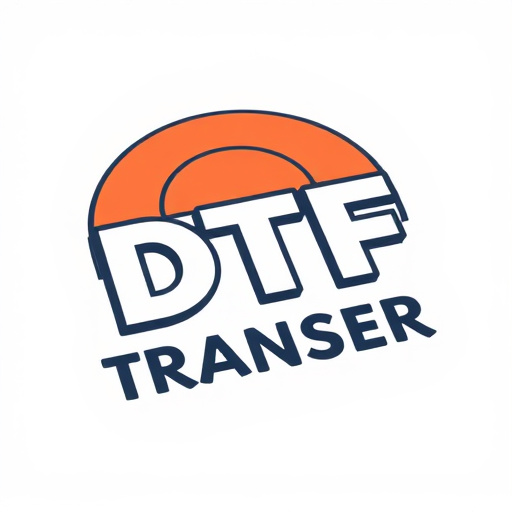
The successful integration of Direct-to-Film (DTF) transfers in various business sectors serves as a compelling case for their potential. Many companies have harnessed the power of DTF Printing to achieve remarkable results, especially when dealing with high-volume orders. For instance, an e-commerce retailer faced the challenge of fulfilling custom print requests for thousands of products, each requiring unique artwork and fast turnaround times. By implementing DTF Transfer technology, they streamlined their production process, reducing lead times by 30%. This efficiency gained them a competitive edge, allowing them to cater to peak seasonal demands without compromise.
Another successful scenario involves a marketing agency tasked with creating promotional materials for an upcoming event. They utilized DTF prints to produce high-quality posters and banners in limited time. The agency’s ability to swiftly design, print, and deliver the orders on time enhanced their reputation as a reliable partner. These case studies demonstrate that DTF Transfers are not just a printing method but a strategic tool for businesses aiming to optimize operations, enhance efficiency, and deliver exceptional customer experiences.




